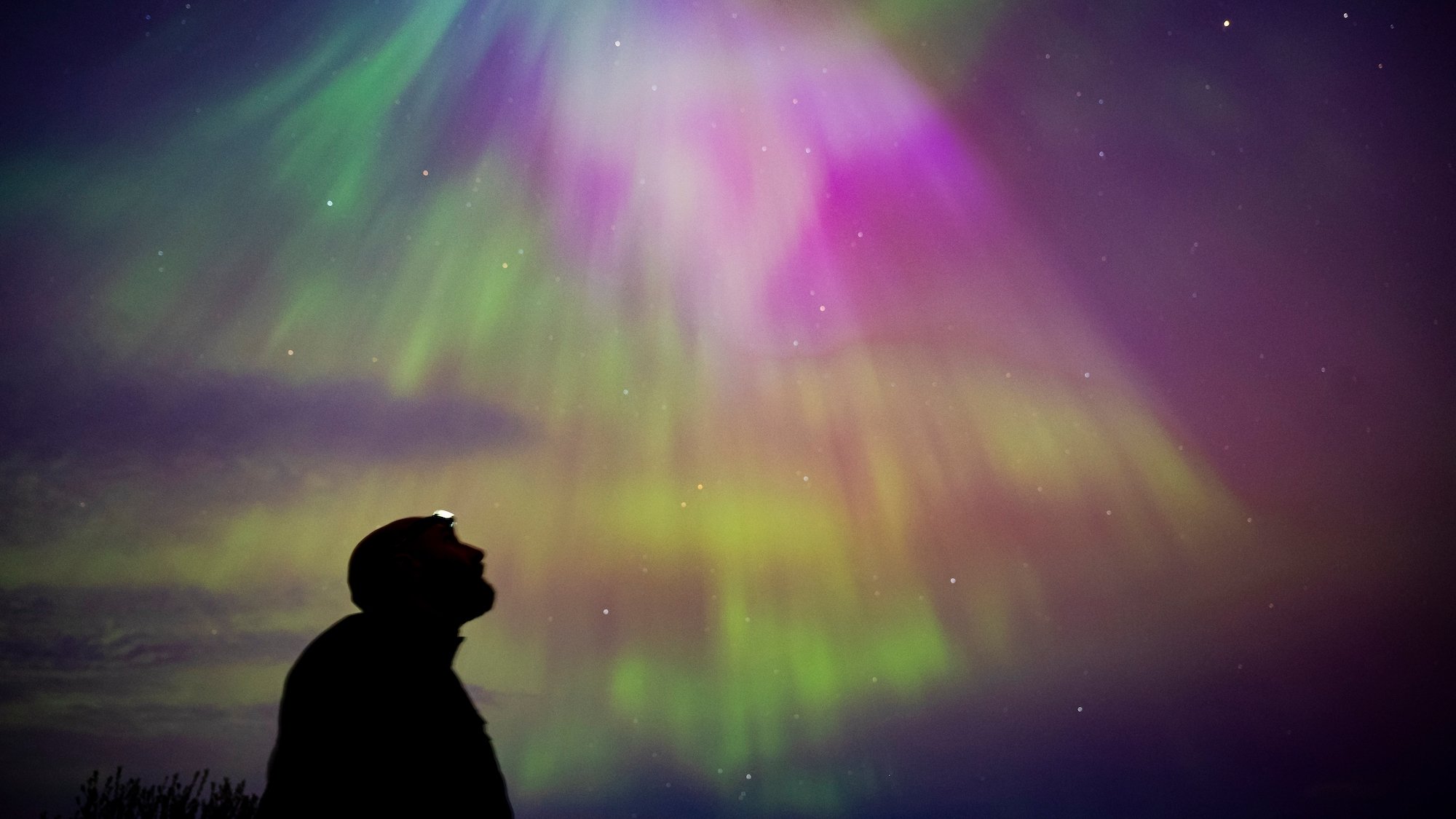Among the various éclipses, meteor showers, and the impressive planetary conjunctions, 2024 is set to be a particularly rich year from an astronomical perspective! And guess what? 2025 is promising to be just as spectacular. To make sure you don’t miss any of these fabulous celestial displays, we’ve selected the five astronomical phenomena you absolutely must catch this year!
1. Mars will be close to Earth
Starting on Thursday, January 16, you’ll get to enjoy a truly extraordinary planetary conjunction. Mars will be particularly close to Earth, a rare and spectacular phenomenon that should offer us a breathtaking view.
on the surface details of the red planet, such as its polar ice caps and dark areas. For those who have a telescope, this will be the perfect opportunity to observe this fabulous planet, something that will not be possible again for several years.Voir cette publication sur Instagram
2. Total Lunar Eclipses
Two total lunar eclipses will occur this year, on March 14 and September 7, 2025. While they will be partially visible in Europe, it's in Canada, and especially in Quebec, that you’ll want to be to fully enjoy the one on March 14, where the Moon will take on a spectacular reddish hue.
Voir cette publication sur Instagram
3. The Partial Solar Eclipse
After the lunar eclipse, March will continue to surprise us with a wonderful partial solar eclipse! On March 29th, people in France will get to see the Sun partially covered by the Moon. This is a pretty rare event, since the last partial solar eclipse was on April 30, 2022, while a total eclipse occurred on April 8, 2024.
Voir cette publication sur Instagram
4. The Meteor Shower Delights
2025 kicked off with a bang, bringing us one of the biggest meteor showers of the year on the night of January 2nd to 3rd. But don't worry, there will be plenty more to enjoy ! We start in April with the Lyrids, from April 14th to 30th, and a peak of 18 meteors per hour on the night of April 21st to 22nd. Next up are the Eta Aquariids, lighting up the sky from April 19th to May 28th, with a bigger peak of 50 meteors per hour on the night of May 5th to 6th.
During the summer, we can watch the Delta Aquariids from July 12th to August 23rd, where 25 meteors will be visible per hour between July 30th and 31st. The most famous meteor shower, the Perseids, will occur between July 17th and August 24th, peaking at 100 meteors per hour between August 11th and 12th.
Finally, autumn treats us with no less than 3 events of its own : the Orionids from October 2nd to November 7th, with a slight peak…
20 meteors per hour between October 20 and 21, the Leonids from November 6 to 30 with a peak of 10 to 15 meteors per hour between November 17 and 18, and finally the Geminids, the biggest meteor shower of the year, from December 4 to 20 with an impressive peak of 150 meteors per hour between December 13 and 14. Perfect for making wishes for the whole year !Voir cette publication sur Instagram
5. New Northern Lights
While many parts of France had the chance to admire northern lights several times last year, in 2025, it will be possible to experience them again due to the significant activity of the Sun. The Sun began a solar cycle in 2019, which will reach its peak in 2025. When the particles it releases collide with the gases of the Earth's atmosphere, it generates "tiny flashes of light that fill the sky with colorful veils,” as described by the Canadian Space Agency. Stay alert; 2025 is going to be the perfect year to catch a glimpse of these wonderful bright and colorful halos !
🟣 Nouvelles aurores boréales ce mercredi soir du 1er janvier 2025, visibles uniquement au téléphone (plein nord) à 18h30 comme ici à Bonnevaux (25)… par ©michl_atmosphere !! 😍 #Doubs #Jura pic.twitter.com/EZC86bpjo0
— Météo Franc-Comtoise (@Meteo_FC_) January 1, 2025
